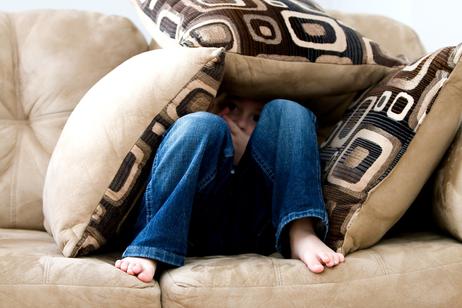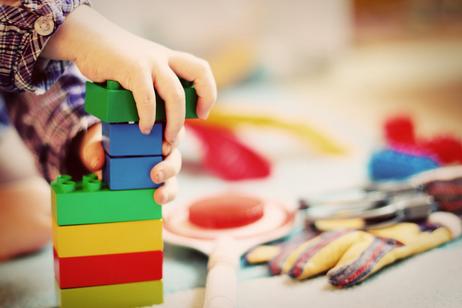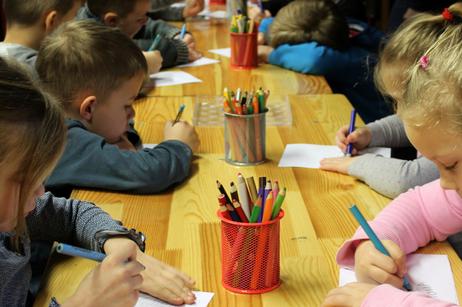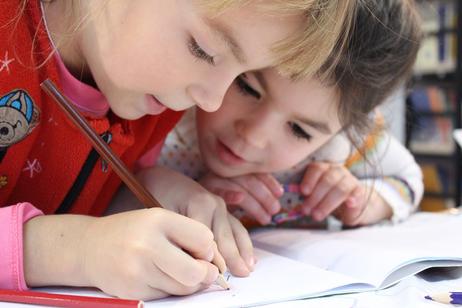After a long and difficult year, there is finally a light at the end of the tunnel. With over 60% of the U.S. population having received at least one dose of the COVID-19 vaccine, things are looking up. COVID restrictions are being lifted, businesses are reopening, and children are returning to school. Though we have much to be thankful for, the scars left behind by a dark and challenging year won’t soon fade.
The COVID-19 pandemic has changed the state of the American public education system in deep and sometimes disturbing ways. Existing disparities between affluent children and low-income students have grown and it may take years of hard work and massive change to overcome them. What many educators are focusing on now as the world starts to return to normal isn’t catching students up on lost education in core subjects like math and science – it’s helping them cope with the stress of a year-long pandemic.
Millions of children around the globe have suffered from a year of isolation from friends and sporadic education. In this article, we’ll explore the subject of pandemic-related stress and provide helpful tips for parents and educators to support their children in the upcoming school year.
Traumatic Stress Caused by the COVID-19 Pandemic
Adam D. Brown, PsyD, a clinical assistant professor in the Department of Child and Adolescent Psychiatry at NYU Longone discusses the notion of traumatic stress in children and how the COVID-19 pandemic has affected millions of children






















